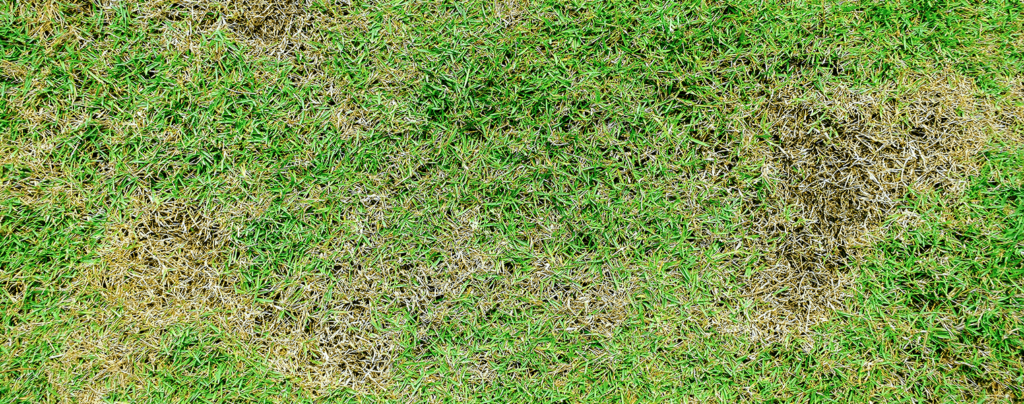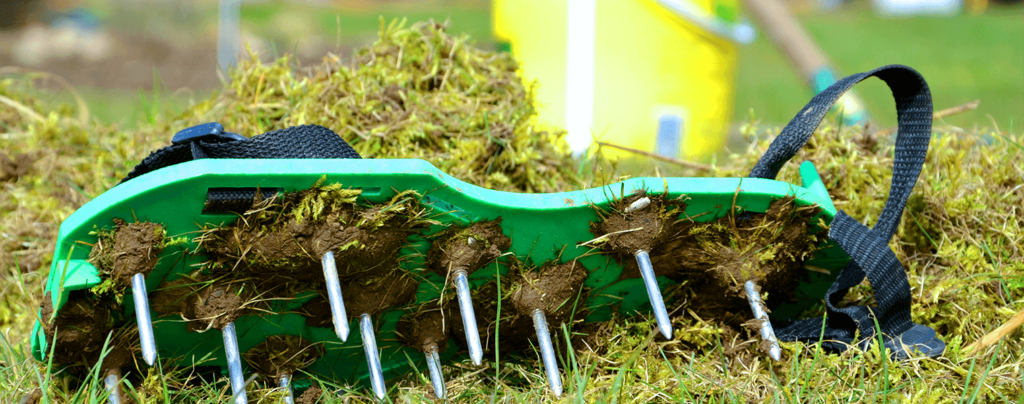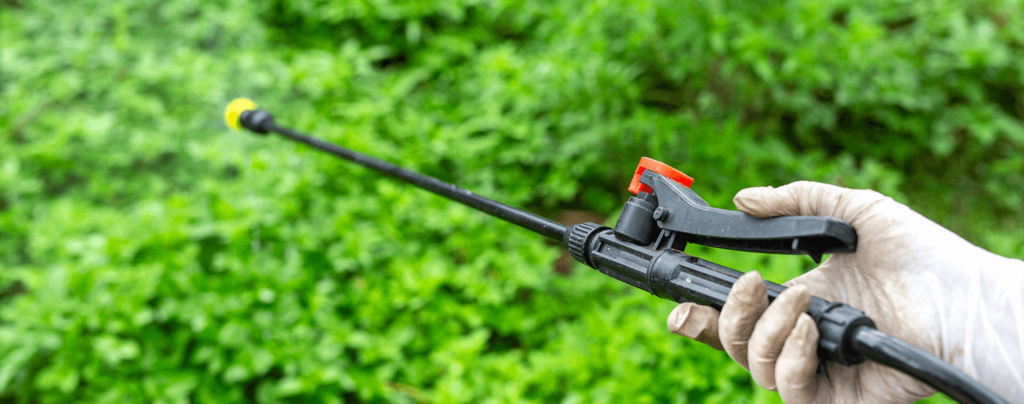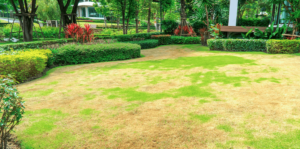When you imagine your ideal lawn, unsightly patches likely don’t come to mind. Often, those brown spots are caused by fungal diseases called large patch or brown patch. If you want to keep your lawn looking picture-perfect—lush, green, vibrant, and inviting—you need to know how to fix brown patch and large patch diseases. Controlling them early before they have the chance to spread is key.
Large Patch Versus Brown Patch
Grass has a good chance of staying wet for an extended period of time when daytime temperatures are warm and humid, between 75 and 90°F, and nighttime temperatures are above 60°F. This creates an environment where disease can develop quickly.
Large patch and brown patch are fungal diseases caused by different strains of Rhizoctonia solani, and lawn grasses here in Fort Lauderdale are susceptible to both.
Aerate and dethatch your lawn, plus clean up piles of leaves and debris, since this can create appealing habitats to fungi.

Symptoms of Brown Patch and Large Patch
Depending on the grass affected, the diseases may show up differently. Generally, brown patch and large patch diseases on your lawn show up as thinned patches of light brown grass, often in a circle. Sometimes the center of the circle recovers, so you’re left with rings of light brown grass.
At first, if the disease hasn’t spread yet, it might just look like a pet urine spot. But it’s important to identify the problem as quickly as possible so you can target the disease before it takes over more of your lawn.

Preventing Brown Patch and Large Patch
The best way to protect your lawn from disease is by being proactive, rather than having to treat the grass after it’s already affected. There are a number of ways to prevent brown patch and large patch:
- Water your lawn only when needed since fungi thrive in moist environments. And when you do water, do so in the morning so that the lawn has time to dry.
- Regularly mow your lawn, and keep it at the recommended height for whichever grass you’re growing. If you cut the grass shorter than what’s suggested, then this can increase the intensity of the disease.
- Aerate and dethatch your lawn, plus clean up piles of leaves and debris, since this can create appealing habitats to fungi.
- When using fertilizer on your lawn, avoid those with high levels of nitrogen in a fast-release formula. It’s also important to first treat brown patch and large patch before adding fertilizer to your lawn—the fungus responsible for the diseases will attack the grass’s growth, which nitrogen in fertilizer promotes.

How Do You Treat Brown Patch and Large Patch?
After you do make the environment inhospitable to fungi by doing the above preventative measures, large patch and brown patch often goes away on its own, and your grass will recover, though you may have to re-sod any bare areas.
But sometimes, you have to turn to fungicide to treat brown patch and large patch. Follow the instructions carefully, and get in touch with us if you have any questions about applying fungicide.
To make sure the fungus doesn’t become resistant to the fungicide you’re using, it’s a good idea to alternate which fungicide you use.
If your lawn seems prone to disease and you’ve had problems with brown patch and/or large patch year after year, using preventative fungicide on your lawn can be another proactive measure you can take.
While patches in your yard can make you feel a bit defeated, don’t lose hope! Keeping an eye on the condition of your lawn and taking a few important maintenance steps will help your grass look lush all year long.

